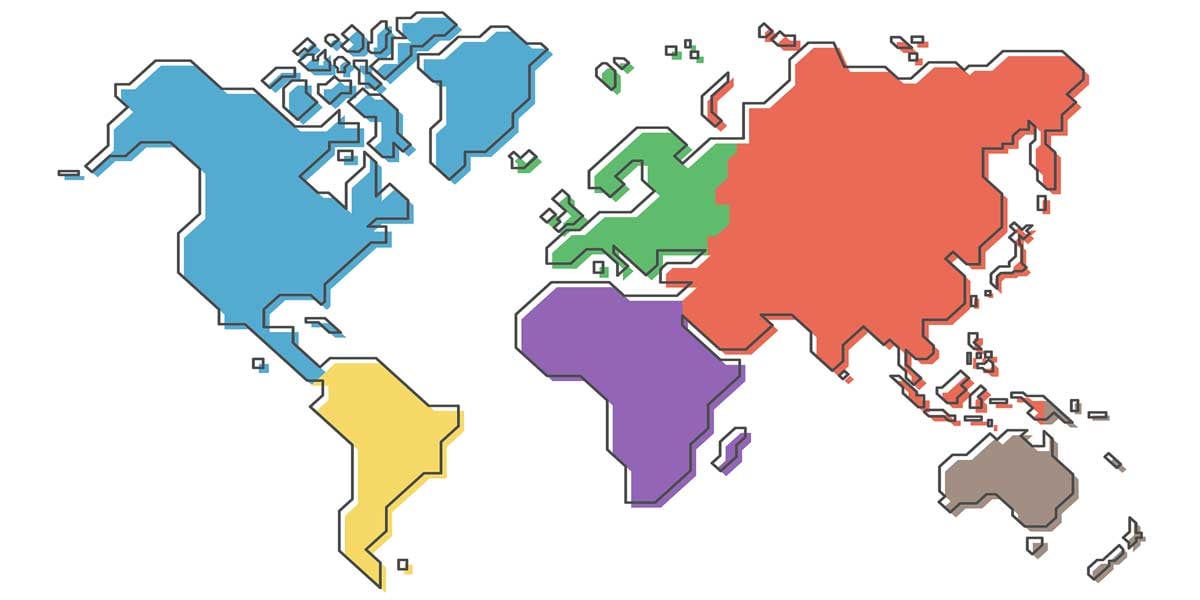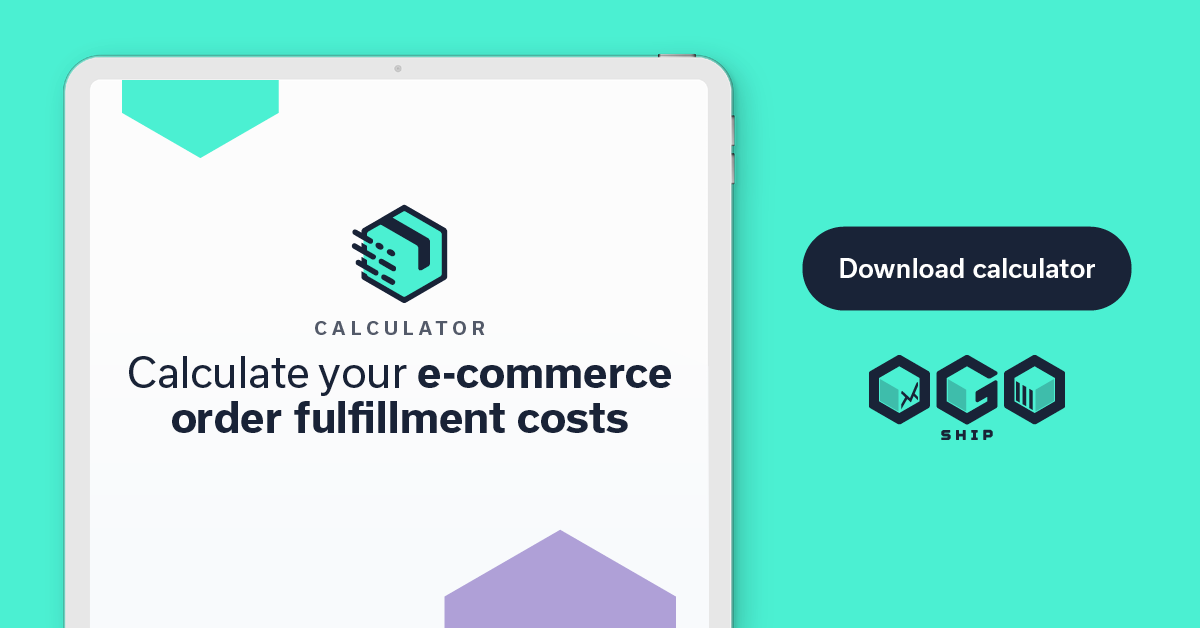More and more people are choosing to shop online. In fact, online sales reached an average of $791 billion, up over 32% from the year before. In the past couple of years, the global pandemic has been the primary driver in online sales.
In a very competitive environment, online stores must maintain a reasonable profit margin while also providing quick delivery to satisfy customers and to meet their expectations. However, this isn't always an easy task. In fact, e-commerce businesses often struggle to find the right balance between cost, speed, and value.
Perfecting an e-commerce shipping strategy is a complex issue. There are several different shipping strategies to attract and retain customers, but not all work for every business. There isn't a one-size-fits-all approach to shipping.
This blog post will explore the three that online stores often use.

Strategy 1: Free shipping
The first e-commerce shipping strategy we're about to explore is free shipping. This shipping method has become increasingly popular in recent years, as customers are more likely to shop online if they know that shipping is free.
Amazon pioneered the popularity of free shipping once they started offering it as part of their Prime program in 2005. E-commerce businesses were quick to follow the trend, and in the eyes of consumers, free shipping is now an expected feature for most online stores.
Providing free shipping is an efficient way to attract new customers, but it can also be expensive for businesses. Free shipping can also increase the number of returns as online shoppers buy with the intent of returning products. They may, for example, order different sizes of the same product, try it out home, and return the ones that didn't fit.
To make the free shipping strategy work, e-commerce shops need to find a way to cover the cost of shipping without sacrificing their profit margin.
Can you afford to offer free shipping?
First, You must determine how much it will cost you each year to ship the items you sell. When coming up with accurate order fulfillment costs, include expenses such as:
- Labor
- Packaging Materials and Supplies
- Storage Costs
- Fuel Costs
- Shipping Service Fees
Next, compare that figure against your profit margins to see if it is feasible.
The challenge with this strategy is that it's easy to end up paying more money than you make.
If the cost of delivering is higher than your profit margin, free shipping is a poor choice for your business unless you receive intrinsic value from each order that covers the shipping cost.
In general, offering free shipping without any other conditions only works well for products with a high-profit margin.
Free shipping strategy variations
While some businesses can offer free shipping year-round, others may need to use a variation of this strategy. Here are a few ways to reconcile your bottom line while providing free shipping to your customers.
1. Free returns
One way of offering a variation of free shipping is by allowing free returns on all purchases. This may seem like an overly generous offer, but it can be a great way to attract and retain customers.
When customers know that they can return items for free, they are more likely to shop with you. They are less likely to worry about making a purchasing mistake or ordering the wrong size of something.
Free returns also help businesses to build trust with their customers. With buyers, e-commerce return policies are frequently seen as deceptive.
Offering free returns can be a great way to show your customers that you're trustworthy and willing to stand by the products that you sell. The downside of this strategy is that it costs money for businesses to process customer refunds. There needs to be enough margin built into the price of your products to make it work.
How to minimize returns? Read this.
2. Promotional free shipping
If free shipping isn't viable all year, you can still use it as a promotional tool to increase revenue during certain times of the year. For example, you might offer free shipping on all orders of a new product that you're releasing.
This approach is a great way to drive sales during slow periods. It can also help you clear out the inventory you're looking to get rid of, such as outdated items or models.
3. Conditional free shipping
The third alternative strategy offers free shipping on certain items or for specific purchase amounts. This is an incredibly effective way to encourage customers to buy more than one item at a time without sacrificing too much profit.
This e-commerce shipping strategy works because it allows you to provide free shipping without having to cover the cost of shipping on every order that comes through your online store. E-commerce stores can use this approach to encourage customers to make larger purchases while still ensuring a positive profit margin for their business.
However, it takes due diligence to determine which items should qualify for free shipping. Dig in and do the math. Consider the actual shipping expenses, your typical order size, and your profit margin when determining which option is best for you. Ensure that you don't accidentally slash your profits too low by offering product promotions when shipping costs are higher.
Five ways to offset free shipping costs
Can't make any of these scenarios work? Don't give up yet! Here are a few options to try if you want to offer free shipping:
- Cut costs by reducing product quality (generally not a good idea).
- Increase your prices to cover all or part of shipping (best for handmade or luxury items).
- Use a different shipping service that has lower rates.
- Implement a higher minimum order requirement.
- Change your packing (lighter and/or smaller).
That brings us to the next e-commerce shipping strategy; flat-rate shipping.

Strategy 2: Flat rate shipping
Another common shipping strategy is flat-rate shipping, where customers are charged a fixed fee for shipping regardless of the order size or weight.
Offering flat-rate shipping is one way of simplifying your logistics. It provides an easy, no-fuss solution for shipping orders to all your customers.
Flat rate shipping generally has a lower cost per unit than other approaches that charge by weight or order size. Because you calculate flat rates in advance, you'll also need fewer employees to pack and ship.
However, there are some negatives with this approach, including limited flexibility when it comes time to change shipping options.
Suppose you need to offer free or discounted shipping during specific promotional periods. In that case, flat-rate shipping won't fit in with the promotional plans.
If you're looking to offer flat-rate pricing, there are two main strategies that you can use:
Flat Rate Shipping by Weight
The first option is to charge a fixed fee for shipping based on the weight of your items. This approach works best if your products vary in size and weight. For example, this could be an effective strategy for selling coffee beans or clothing.
Flat Rate Shipping by Order Size
The second option is to charge a fixed fee for shipping based on the size of your order. This approach works best if your products are all about the same size and weight. For example, this could be an effective strategy for selling books or small electronics items.
You can also use a combination of weight and order size. For example, charge a different fee for orders above or below a certain weight threshold or size.

Strategy 3: Exact prices
Charging precisely what it costs you to ship an order is a method that puts shipping choices into the hands of your customers. They can choose which shipping method they want based on their individual needs and budget.
By knowing exactly how much it will cost to get their products to customers on time, e-commerce retailers can create a competitive advantage and offer the best incentives and deals.
Retailers can easily offer discounted rates or expedited services when they know the cost in advance.
Charging exact prices for shipping works for both international and domestic orders alike. It's beneficial if you're shipping outside of the country or to remote areas where transportation usually is more expensive.
You'll be able to simplify the process by removing any guesswork by making shipping more transparent and straightforward. This e-commerce shipping strategy is also convenient for merchants who ship a large number of orders every day.
The main disadvantage of the exact prices e-commerce shipping strategy is that it requires you to invest in software or a platform to handle order calculations.
Also, pay attention to your carrier rates since they'll likely go up over time as fuel costs increase. Because of that, this shipping method needs reevaluating over time.
In Conclusion: Which E-Commerce Shipping Strategy is Best for Your Business?
E-commerce businesses face a wide range of challenges when it comes to shipping. Which strategy should you use? Aim for both the highest profit margin and the highest quality you can afford.
Options include:
- Free Shipping
- Flat-Rate Shipping
- Exact Pricing
The first two shipping strategies are best if your products vary in size and weight, while the third is ideal for retailers who ship a large number of oversized or heavy items.
By far, the most popular shipping method with buyers is free shipping. If you can integrate this method with your bottom line, you'll have an advantage over your competition.
In the end, choosing an e-commerce shipping strategy is a difficult balance to strike, but remember, you're not competing with the big guys.
You can't offer the same low prices as Amazon and Walmart all the time, but you can deliver personalized customer service and an exceptional shopping experience.


